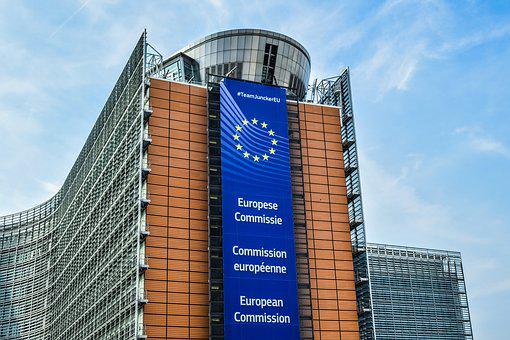Tuesday, Joachim Nagel, an ECB policymaker, spoke at a banking conference in Germany. He said the central bank must continue to combat inflation in the Eurozone by raising rates.
Nagel promised to use every effort to prevent the ECB’s Governing Council from letting up too soon. He continued that even if their actions stifle economic growth, they will go forward with normalizing monetary policy.
Consistently Rising Interest Rates
German 10-year Bund bond yields rose by one basis point throughout the day to 2.33%. On the other hand, the yield on German 2-year Schatz bonds that are sensitive to interest rates climbed by two basis points to hit 2.22%.
The European Central Bank (ECB) increased interest rates by 0.75 percentage points at its most recent meeting, bringing them to a new all-time high of 1.5 percent.
Since then, several ECB officials have reaffirmed the organization’s commitment to addressing consumer price issues. President Christine Lagarde is one such example.
Inflation, measured by the consumer price index, throughout the Euro Zone has reached a new high of 10%. However, some countries are in a far worse predicament than others.
According to data published on Tuesday, consumer prices rose in the Netherlands at a rate of 14.3% in October. This growth was slightly less than the 14.5% rate in September.
John Davies works at Standard Chartered as a G10 rates strategist. He said that even while inflation in the United States and Europe may have peaked, it is hard to anticipate future patterns.
Investors anticipate the ECB interest rate will peak at 3% in late 2023, according to data from the money market. This would increase from the 1.5% current rate. This percentage was close to 2.8% a week ago but has since risen.
According to Davies, they are around the ECB price highs from late September and early October but have yet to reach them. However, he continued by saying they had previously gotten close to this 3% mark.
Inflation May Continue
Its highest level since May, the five-year breakeven ahead, soared to 2.4%. This was an increase from 2.1% at the start of November. The five-year breakeven future adequately represents the 10-year inflation forecasts of investors.
On Thursday, official data from the U.S. is likely to show that consumer price inflation was 8.1% in October, compared to the same month a year earlier. This would be a decrease from the rate of 8.2% in September. However, the core rate, which accounts for food and energy costs, is predicted to increase from 6.3% last month to 6.5% this month.
The United States Federal Reserve last week increased interest rates. These rates are expected to stay higher for a longer length of time, according to investors. This was, in particular, due to the still-tight labor market.
As businesses struggle to fill positions, this suggests a greater possibility for pay growth. Inflation might become more persistent as a result of this.
Short-term paper auctions were expected in Germany, Belgium, and Spain. A mixture of bills and notes with a duration of two years would make up the short-term paper. Some analysts believe this might boost yields.
The inflation data caused a two-point hike in 10-year Dutch interest rates, which brought them to 2.62%. However, the rates on Italian 10-year bonds were constant at 4.5%.

